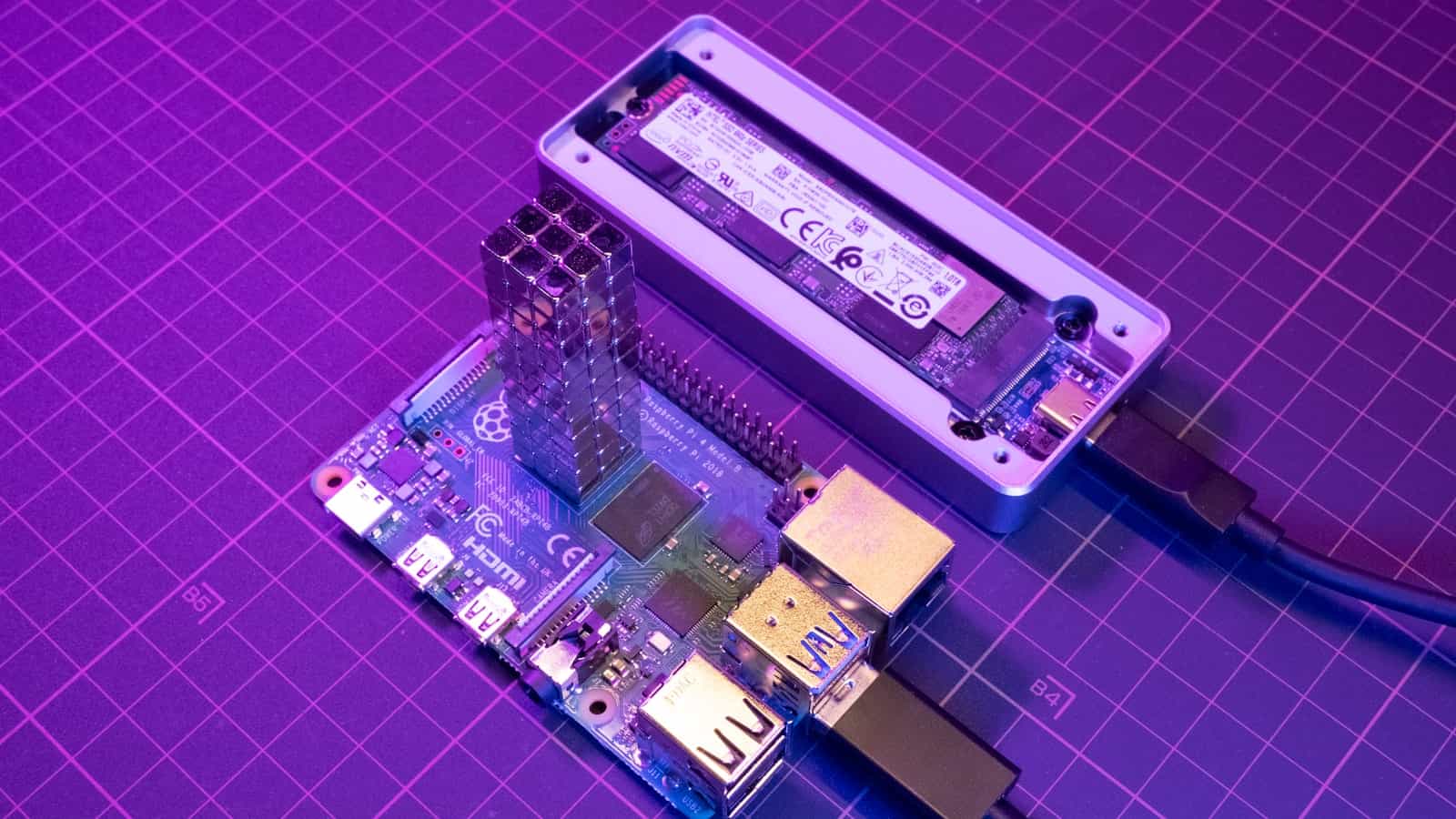
PCB Assembly Blog
-
What is the use of prepreg in PCB?
Posted by
–
 Read more: What is the use of prepreg in PCB?
Read more: What is the use of prepreg in PCB?Introduction to Prepreg in PCB Manufacturing Prepreg, short for pre-impregnated, is a crucial material used in the manufacturing of printed circuit boards (PCBs). It is a composite material made of a reinforcement fabric, such as fiberglass, that is pre-impregnated with a partially cured epoxy resin. Prepreg plays a vital role […]
-
What is soldering PCB?
Posted by
–
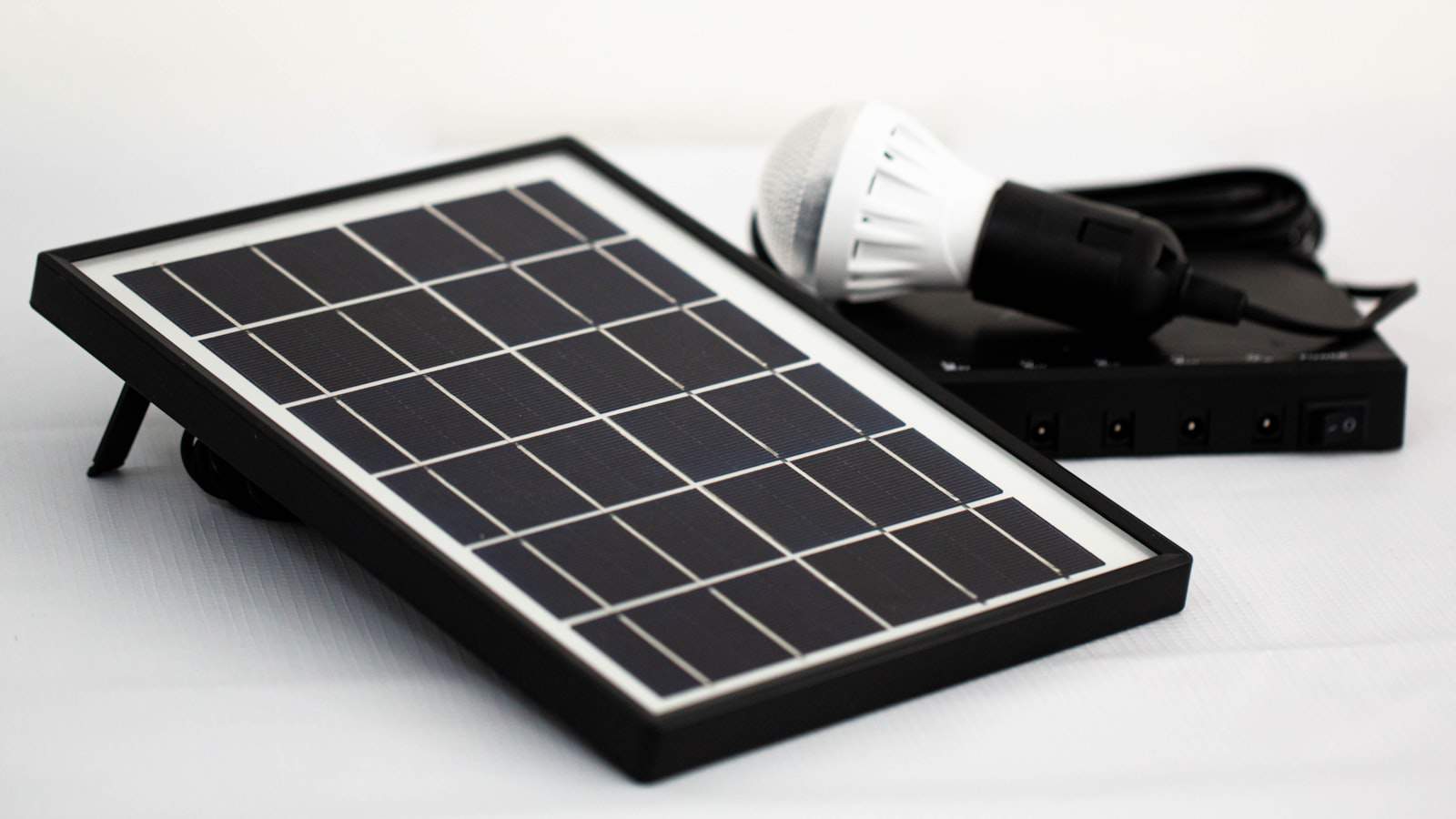 Read more: What is soldering PCB?
Read more: What is soldering PCB?Introduction to Soldering PCB Soldering PCB (Printed Circuit Board) is a critical process in the manufacturing of electronic devices. It involves joining electronic components to the conductive traces on a PCB using a molten metal alloy called solder. The solder creates a strong electrical and mechanical bond between the components […]
-
What is solder mask in PCB?
Posted by
–
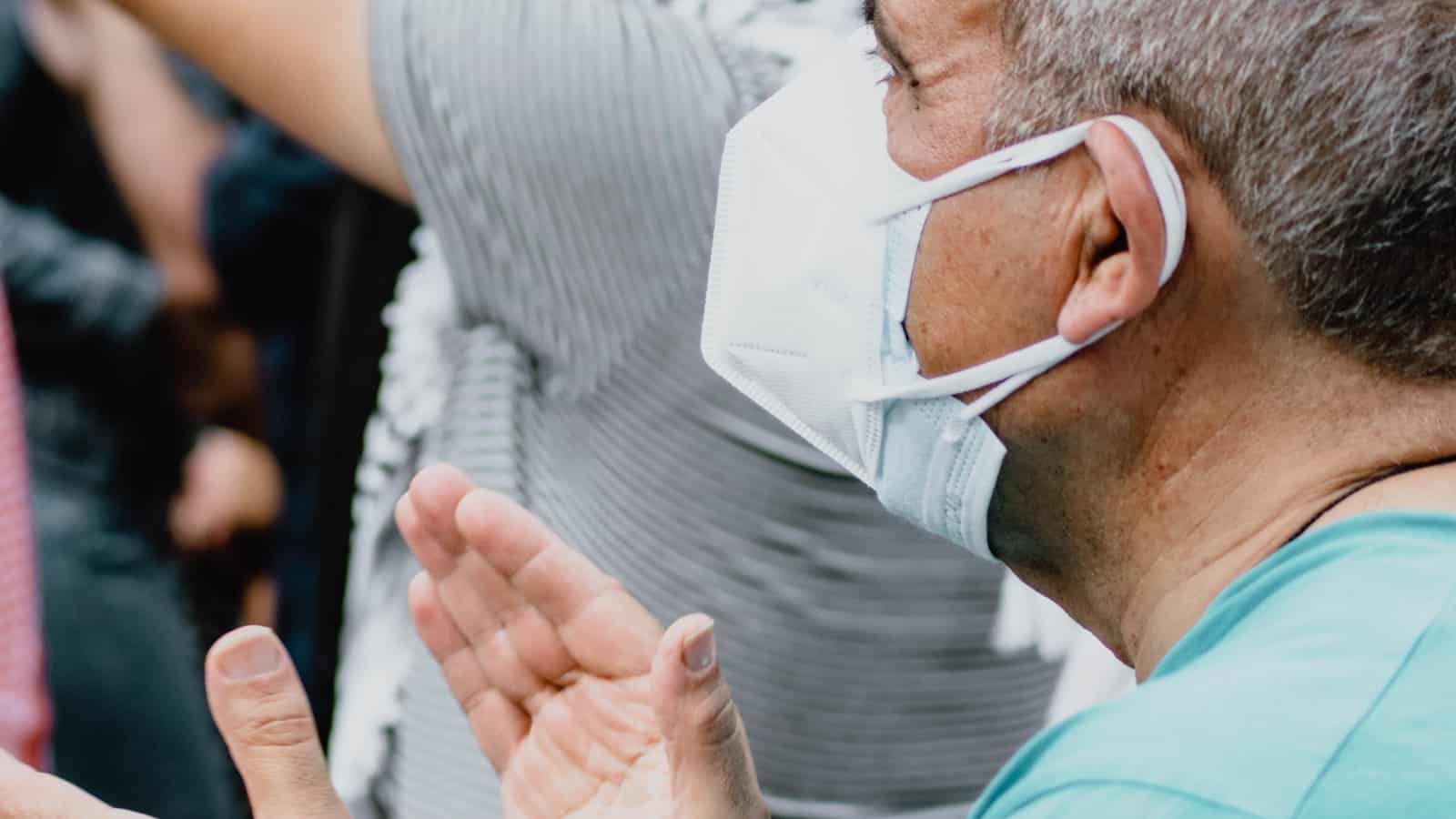 Read more: What is solder mask in PCB?
Read more: What is solder mask in PCB?Introduction to Solder Mask in PCB Solder mask, also known as solder resist or solder stop, is a crucial component in the manufacturing of printed circuit boards (PCBs). It is a thin, protective layer applied to the copper traces and pads on a PCB, leaving only the areas that need […]
-
What is IPC standard for PCB?
Posted by
–
 Read more: What is IPC standard for PCB?
Read more: What is IPC standard for PCB?Introduction to IPC Standards for PCB IPC (Institute of Printed Circuits) is a global trade association that sets the standards for the electronics industry. IPC standards cover various aspects of electronic product design and manufacturing, including printed circuit boards (PCBs). These standards ensure consistency, reliability, and quality in PCB manufacturing […]
-
What is a PCB test fixture?
Posted by
–
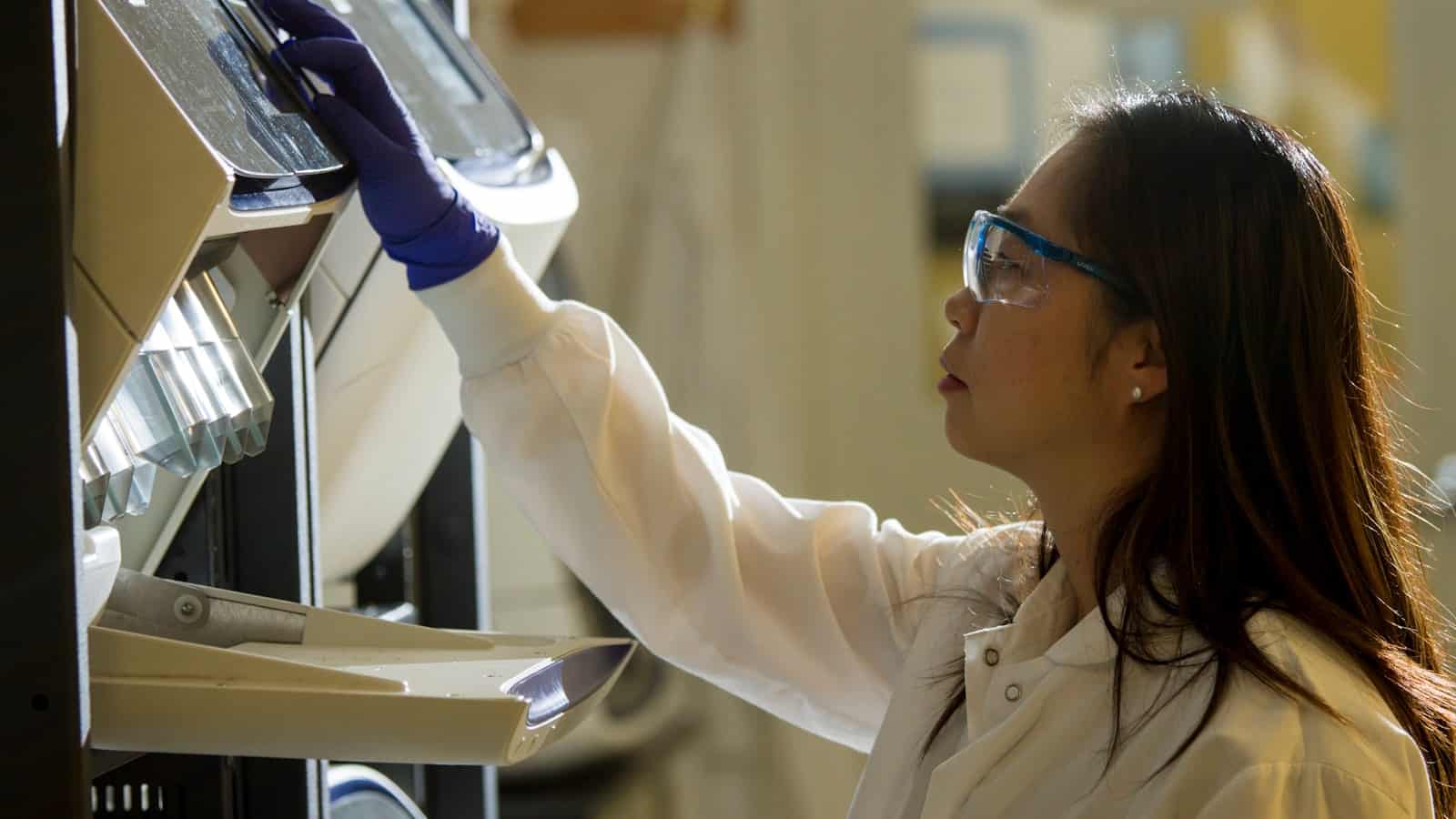 Read more: What is a PCB test fixture?
Read more: What is a PCB test fixture?The Purpose of PCB Test Fixtures Ensuring Reliable Connections One of the primary functions of a PCB test fixture is to provide a stable and reliable connection between the PCB and the testing equipment. The fixture securely holds the PCB in place, preventing any movement or vibration that could disrupt […]
-
Top 10 PCB Assembly Manufacturers in China
Posted by
–
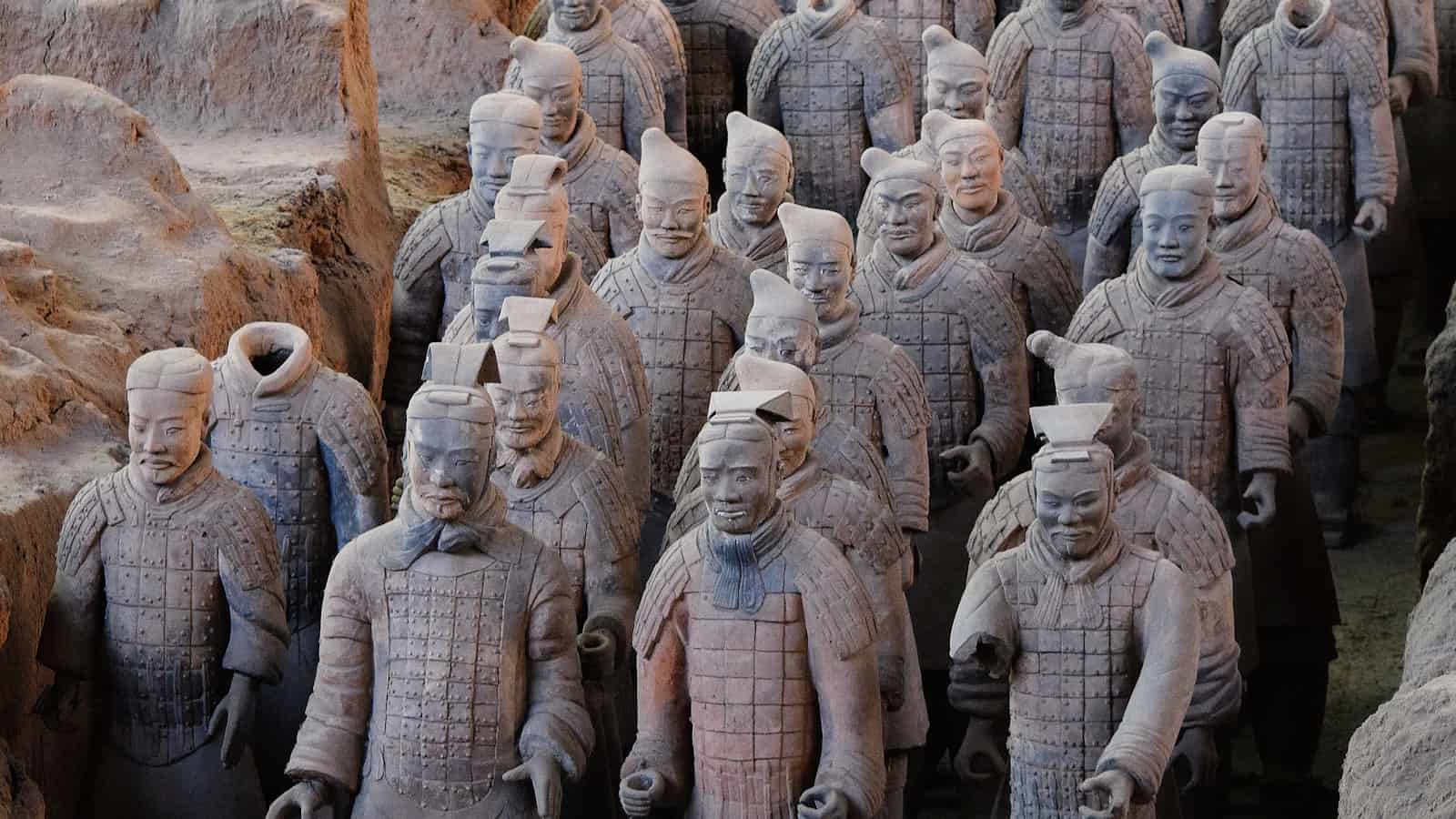 Read more: Top 10 PCB Assembly Manufacturers in China
Read more: Top 10 PCB Assembly Manufacturers in China1. Shenzhen Kaifa Technology Co., Ltd. Shenzhen Kaifa Technology Co., Ltd. is a leading PCB assembly manufacturer in China, with over 30 years of experience in the industry. The company offers a wide range of services, including PCB design, fabrication, assembly, and testing. Kaifa Technology has a strong focus on […]
-
What is a RF PCB?
Posted by
–
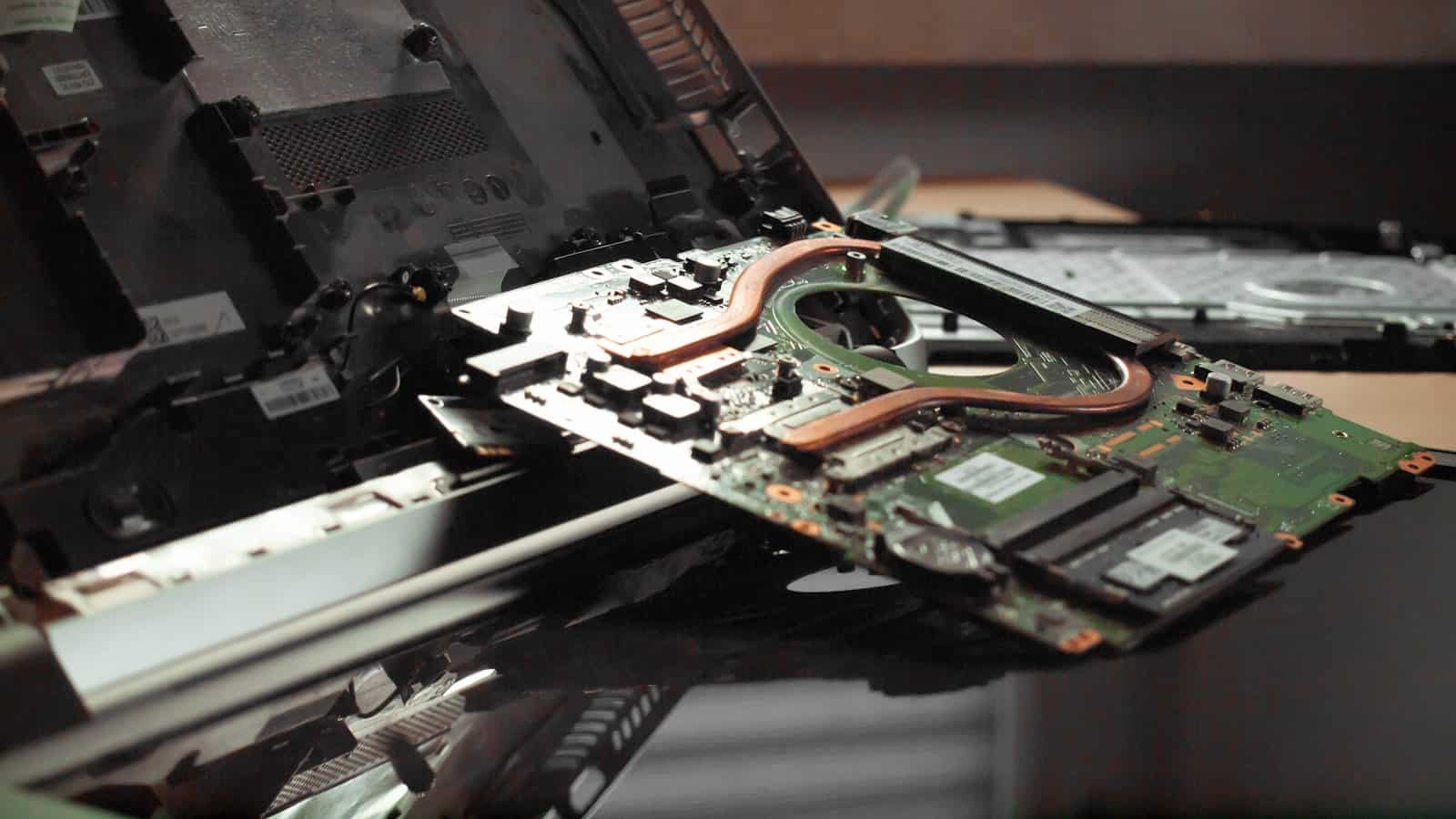 Read more: What is a RF PCB?
Read more: What is a RF PCB?Introduction to RF PCBs A Radio Frequency (RF) Printed Circuit Board (PCB) is a specialized type of PCB designed to handle high-frequency signals for wireless communication applications. These PCBs are crucial components in various electronic devices, such as smartphones, wireless routers, radar systems, and satellite communication equipment. RF PCBs require […]
-
How to design a RF PCB?
Posted by
–
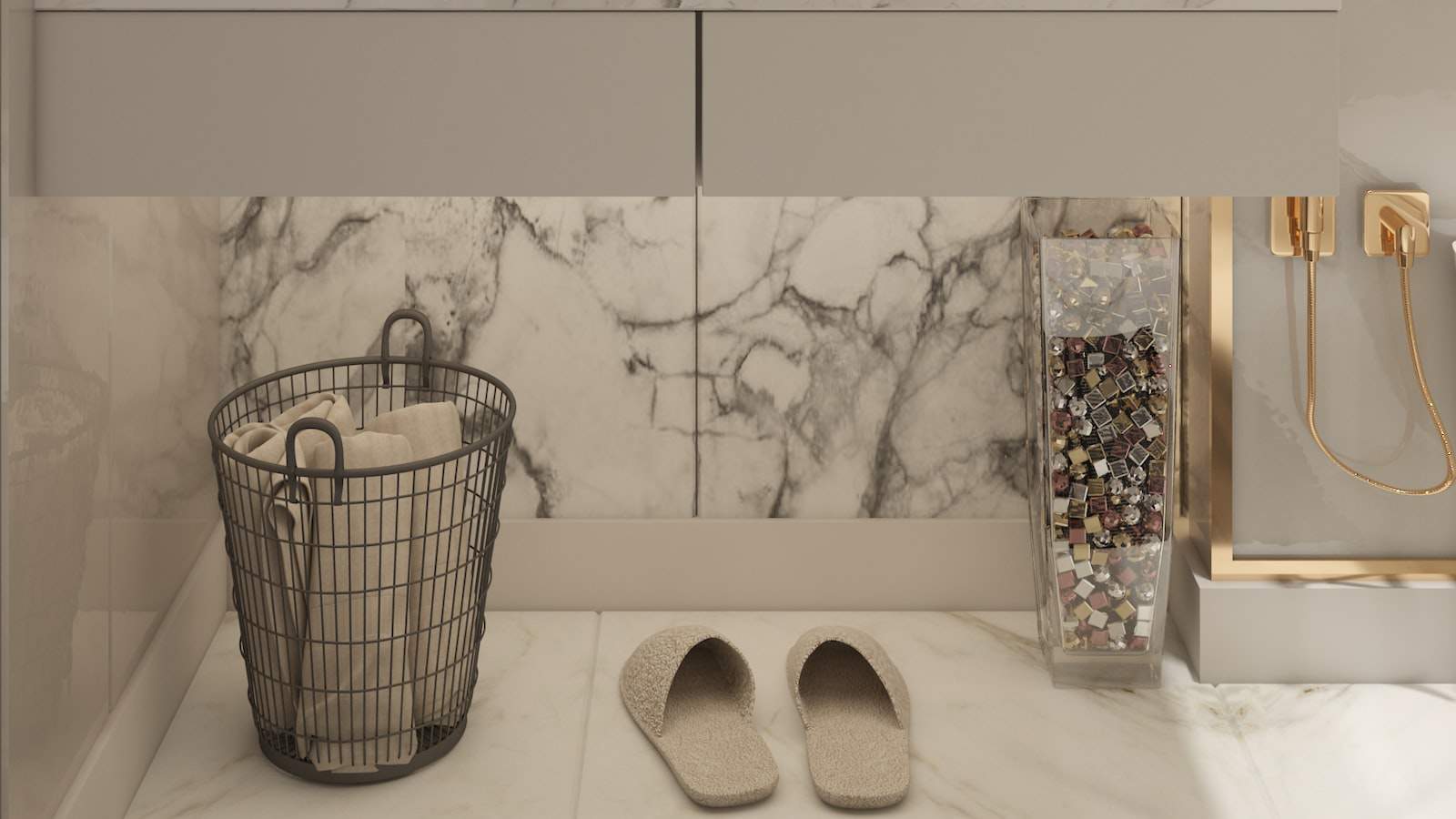 Read more: How to design a RF PCB?
Read more: How to design a RF PCB?Introduction to rf pcb Design Radio Frequency (RF) PCB design is a specialized area of printed circuit board design that focuses on the layout and construction of boards for high-frequency applications. RF PCB design requires careful consideration of various factors such as signal integrity, impedance matching, electromagnetic interference (EMI), and […]
-
What temperature is needed for desoldering PCB?
Posted by
–
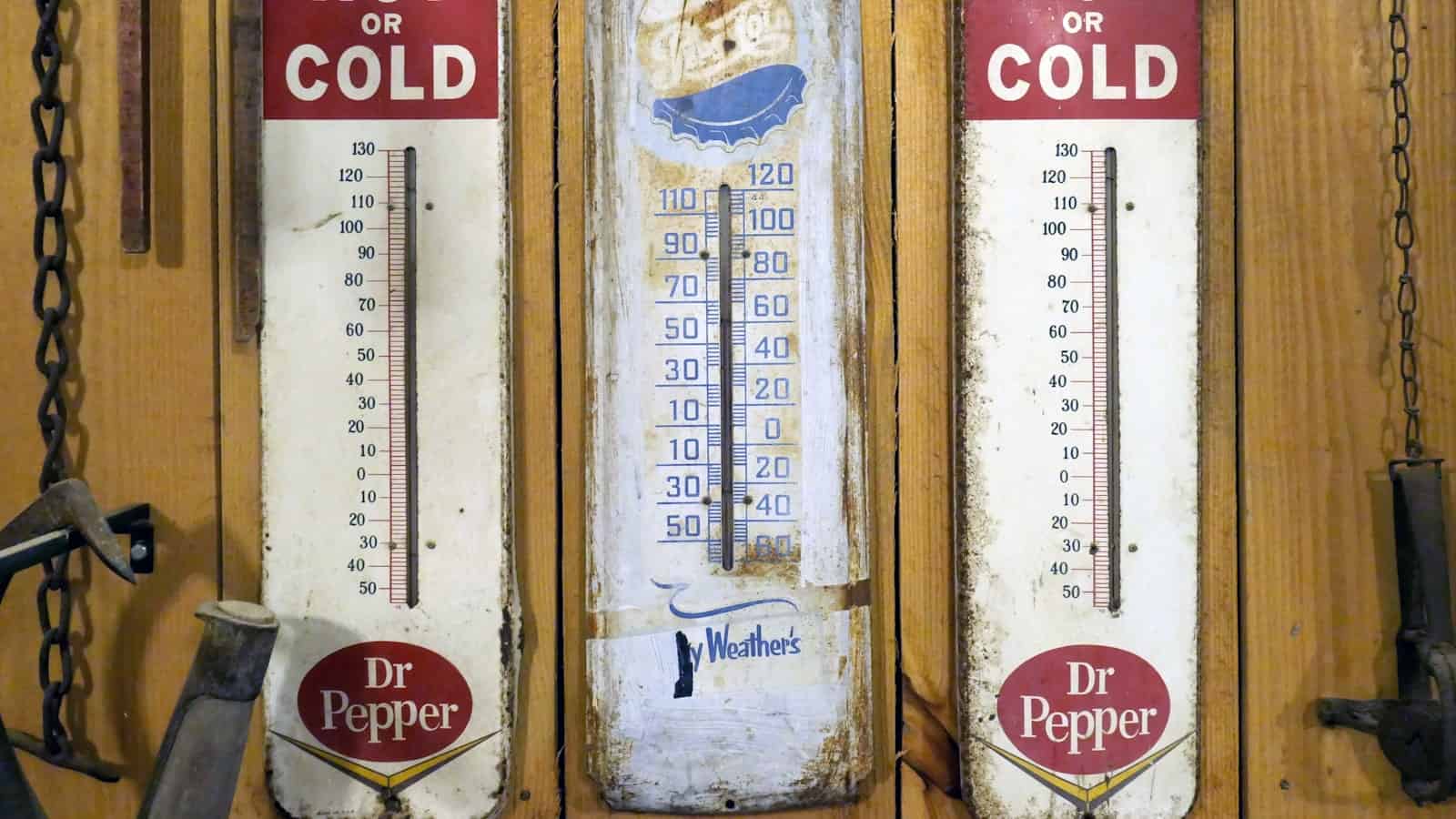 Read more: What temperature is needed for desoldering PCB?
Read more: What temperature is needed for desoldering PCB?Understanding Solder Temperature for PCB Desoldering When it comes to desoldering printed circuit boards (PCBs), one of the most crucial factors to consider is the solder temperature. Using the right temperature ensures that the desoldering process is effective, efficient, and safe for both the components and the PCB itself. In […]
-
What is a substrate in a PCB?
Posted by
–
 Read more: What is a substrate in a PCB?
Read more: What is a substrate in a PCB?What is a PCB Substrate? A PCB substrate is the insulating material that forms the base of a printed circuit board. It is typically made from a non-conductive material, such as fiberglass, paper, or plastic, which is then coated with a thin layer of copper on one or both sides. […]




